Scoliosis Relief Begins
with Trusted Experts
Scoliosis Relief Begins
with Trusted Experts
With the guidance of our experienced team, you’ll get the care you needto find lasting relief and take control of your scoliosis.
With the guidance of our experienced team, you’ll get the care you need
to find lasting relief and take control of your scoliosis.
What are the types of scoliosis?
There are four types of scoliosis:
Idiopathic
scoliosis:
This is the most common type. “Idiopathic” means the cause is unknown. There is some research suggests a genetic (hereditary) link. It is more common in girls than boys, with a ratio of 10:1. Idiopathic scoliosis accounts for 80% of scoliosis cases and is usually a reverse S-shape curve.
Neuromuscular scoliosis:
This happens with conditions like, cerebral palsy, spina bifida or muscular dystrophy. The nerves that control the muscles also effect the way the spine develops.
Congenital scoliosis:
Means that a person is born with it. This commonly happens with the vertebra, the bones that make up the spine, don’t separate properly as the baby develops which causes scoliosis.
Degenerative Scoliosis:
Adult scoliosis can develop for various reasons, such as the natural progression of idiopathic scoliosis, injuries (like vertebral fractures), or wear and tear. Repetitive activities, microtraumas, and osteoporosis can also contribute, especially as bones weaken and arthritis affects the joints. This type of scoliosis typically affects the lumbar spine.
Health professionals use different names to refer to idiopathic scoliosis according to when it’s diagnosed:
Infantile scoliosis: Younger than age 3.
Juvenile scoliosis: Age 4 through 10.
Adolescent scoliosis: Age 11 through 18.
Adult idiopathic scoliosis: Diagnosed any time after age 18 when skeletal growth is complete.
How common is scoliosis?
Scoliosis affects an estimated 2% of people around the world.
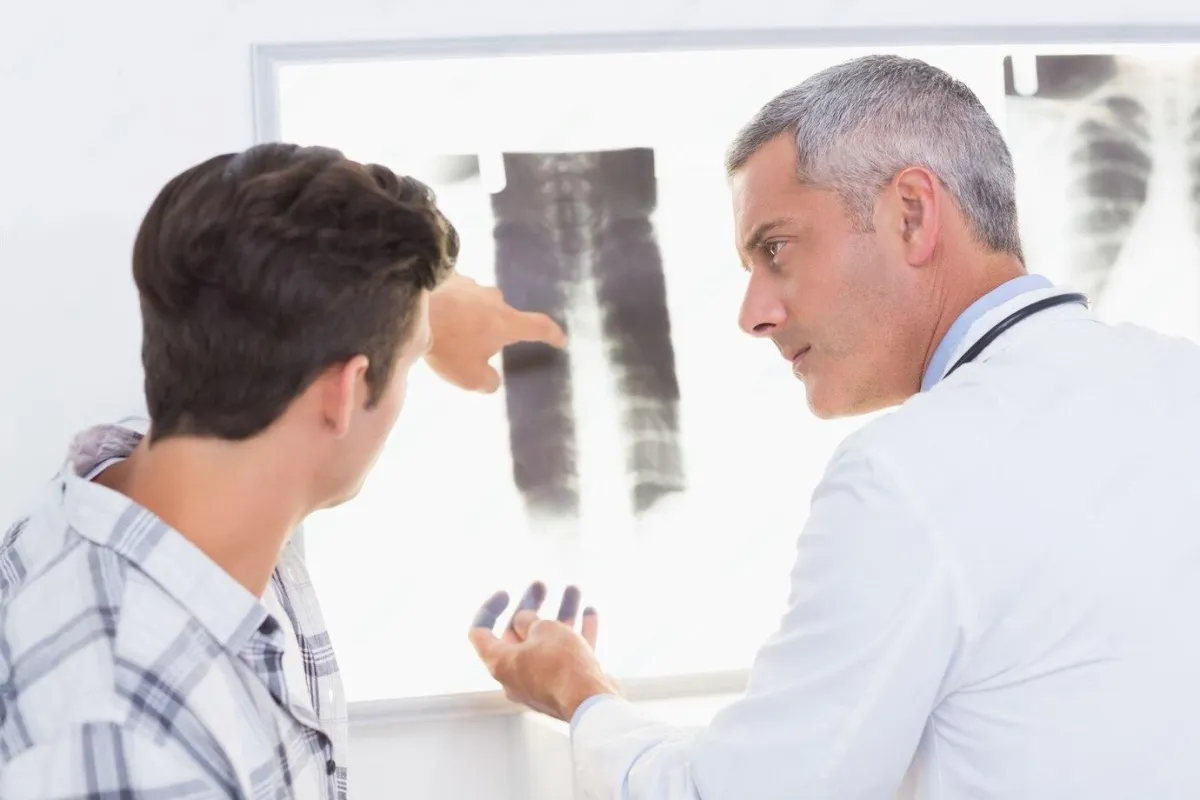
What are the signs and symptoms of scoliosis?
Scoliosis in children or teens doesn’t normally cause symptoms but the signs include:
Uneven Shoulders
Winging scapular – shoulder blades that stick out on one side
Lopsided posture
One hip higher than the other
Rib hump on one side of the spine, more visible when a person bends over
Loss of height


In some cases there are
symptoms of scoliosis.
Symptoms may include of scoliosis may include:
Back Pain
Shortness of breath
Fatigue
Buttock and leg pain
Headaches
Loss of height.
Scoliosis Screening
Some high schools test for scoliosis using a simple test called the Adams test. This involves the person being tested bending forward and a health provider looking for a rib hump. However the test is not very accurate at picking up on smaller curves that are less than 20 degrees.
How is scoliosis diagnosed?
A healthcare provider such as a doctor, chiropractor, osteopath or physiotherapist will diagnose scoliosis after a physical exam and the Adams test. You can do the Adams test at home to find out what type of scoliosis you have by clicking the link HERE.
From there they might request an x-ray which will allow them to measure the curve angle, also known as the Cobb Angle. Ideally the x-ray should be a full standing x-ray that includes the hips and the lower part of the skull. It should be taken from the front to back (A/P angle) and the side angle. This way the specialist can check for birth abnormalities, leg length and any other structural abnormalities that might impact a scoliosis. If necessary they may request further tests like an MRI (magnetic resonance imaging) or CT (computed tomography) scan.

How is scoliosis measured?
A healthcare provider will measure the curve of your spine in degrees (Cobb Angle). They’ll rate the severity based on the degree of the curve:
No scoliosis diagnosis: Less than 10 degrees.
Mild scoliosis: Between 10 to 24 degrees.
Moderate scoliosis: Between 25 to 39 degrees.
Severe scoliosis: More than 40 degrees.
It is also possible to measure the rotation using a device called a scoliometer. This cab be done at home by a caregiver and now there are simple apps to be used with a smartphone that can help.

What can happen if scoliosis is left untreated?
Scoliosis that is present in children and teens should be monitored using standing x-rays to make sure it doesn’t progress rapidly. If it does, most parents are given the choice of bracing and if the curve goes over a certain number of degrees (surgeon and country dependent) then surgery.
However most are not offered the option of adding in scoliosis specific exercises as well. The reasons for that are many, but the main one is simply a lack of knowledge on behalf of the primary care physicians and surgeons.
Secondly if a child is skeletally young, meaning they have a lot of growing to do and they have a high curve then scoliosis exercises might not be effective at reversing the curve. This means that some doctors think that scoliosis exercises don’t work.
This is not the case. With children and teens who’s curves are not progressing rapidly doing specific scoliosis exercises can slow down, stop and even reverse the progression of scoliosis.
The same is true for adults. However with adults the curve tends to progress after the age of 50 so curve reversal may not be possible in all cases but cessation of curve progression is.
You’re more likely to develop scoliosis if someone in your biological family has the condition. But not all cases of scoliosis are genetic.

What are the complications of scoliosis?
Without treatment, severe cases of scoliosis can lead to:
Long-lasting pain.
Physical deformity.
Organ damage.
Nerve damage.
Arthritis.
Difficulty breathing.
What Our Patients Are Saying
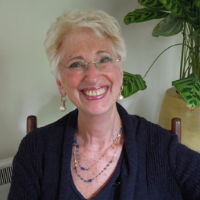

When I first started with your program I was experience a lot of pain. Walking was difficult. I had to stop and catch my breath every few minutes and lean against a wall for support. Now when I walk with my husband we go for over an hour. I never had to sit down and stop...and, hardly any pain!!! 😊😊 I can’t thank you enough.
Emily A.
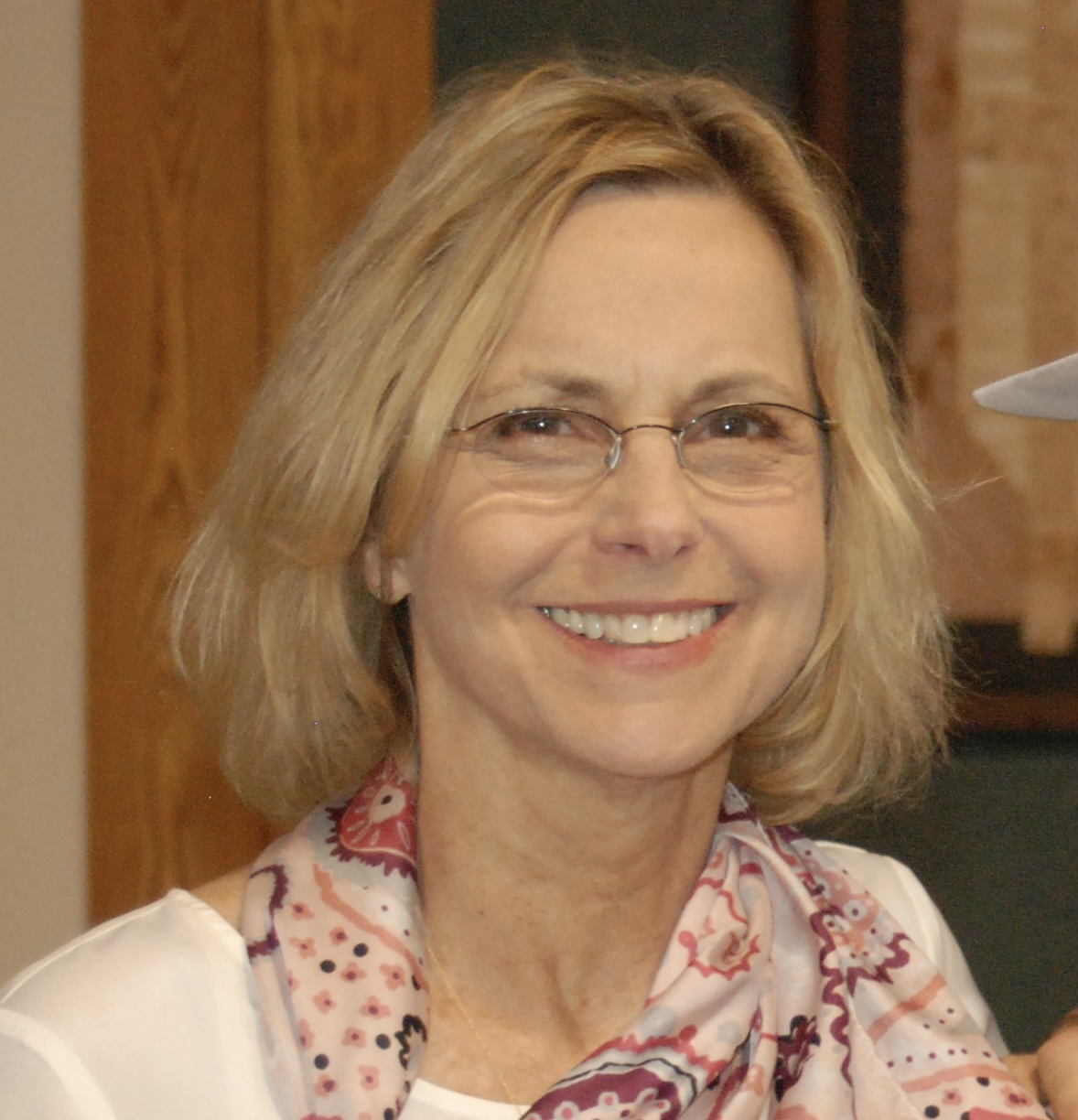

I was looking for a way to deal with pain and anxiety from my scoliosis. Since working with the protocol I feel great and my back looks better. I love the approach of exercise, food and mindset to create a complete healing process. It’s been life-changing.
Rachel Q.
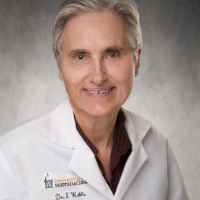

I truly enjoy incorporating the exercises from the Scoliosis Correction Protocol into my spinal health routine. They’ve become an essential part of my daily routine, and I can feel the difference in my posture and overall comfort. The exercises are easy to follow and tailored to address my specific needs, helping me manage my scoliosis in a way that feels empowering.
